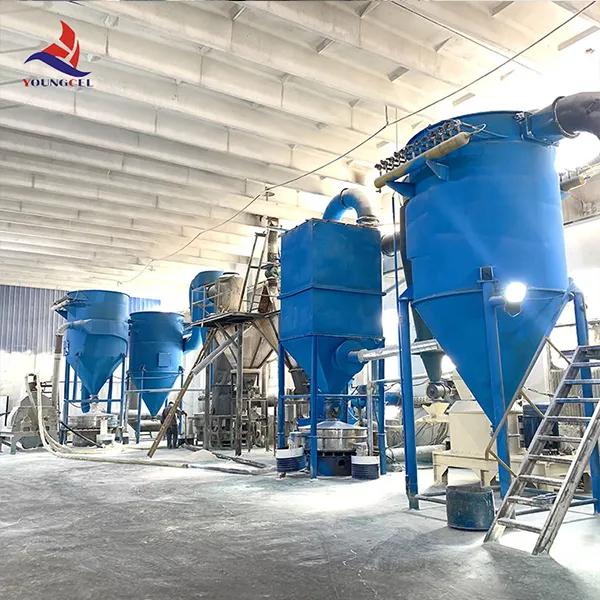The Role of Mortar Additives Enhancing Bonding with RDP and VAE Powders
In the construction industry, the efficacy and durability of mortar mixtures are paramount, especially when used as a bonding agent in various applications, including tile setting, plastering, and masonry. One of the primary ways to enhance the performance of mortars is through the use of additives, such as Redispersible Polymer Powders (RDP) and Vinyl Acetate Ethylene copolymer (VAE) powders. These additives significantly improve the bonding characteristics, flexibility, and overall strength of the mortar, making them essential components for construction professionals.
Understanding Mortar Additives
Mortar additives, particularly RDP and VAE, play a crucial role in modern cementitious formulations. RDP is a type of dry polymer that, upon mixing with water, redistributes into microscopic particles, forming a film that enhances the adhesive properties of the mortar. On the other hand, VAE powders, known for their excellent flexibility and water resistance, contribute to the durability and adhesion of mortar mixtures. When integrated into the mortar compositions, these additives work synergistically to create a robust matrix that can withstand various environmental stresses.
Benefits of RDP and VAE Powders
The incorporation of RDP and VAE into mortar formulations provides several key benefits
1. Enhanced Bonding Strength One of the primary advantages of these additives is their ability to improve bonding strength significantly. RDP and VAE enhance the adhesion of the mortar to various substrates, including concrete, wood, and metal, ensuring a secure bond that can resist shearing and tensile forces.
2. Improved Flexibility Mortars containing RDP and VAE demonstrate increased flexibility, which is essential for applications exposed to dynamic loads or temperature fluctuations. This flexibility minimizes cracking and movement issues, making the mortar suitable for diverse environments.
mortar additive bonding rdp vae powder

3. Water Resistance The water-resistant properties imparted by VAE contribute to the longevity of the mortar, preventing water infiltration that can lead to degradation of the material. This feature is especially important in wet and humid conditions where traditional mortars may fail.
4. Faster Setting Times Additives like RDP can also accelerate the setting times of mortars. This benefit reduces the waiting period before subsequent layers or finishes can be applied, thus streamlining construction schedules.
5. Improved Workability Mortars enhanced with RDP and VAE exhibit better workability, making them easier to mix and apply. This characteristic allows for smoother finishes, reducing the labor intensity and time required for application.
Applications in the Construction Industry
The applications of mortars containing RDP and VAE are vast and varied. They are frequently used in tile adhesives, where strong bonding is crucial to prevent tile dislodgment. Plastering and stucco applications also benefit from these additives, improving adhesion to a variety of surfaces and enhancing overall structural integrity. Additionally, in weather-exposed applications, such as façades and outdoor tiling, the water resistance provided by VAE becomes indispensable.
Conclusion
As construction methods continue to evolve, the importance of high-performance mortar additives like RDP and VAE cannot be overstated. Their proven ability to enhance bonding strength, flexibility, and durability makes them essential for modern construction practices. By leveraging these additives, contractors can ensure that their masonry and tiling projects not only meet performance standards but also achieve long-lasting results. As the market demands more efficient and reliable building materials, the role of RDP and VAE powders in mortar formulations will undoubtedly grow, paving the way for innovations in construction technology and methodology.
-
The Application and Significance of Construction RdpNewsMay.19,2025
-
Industrial Grade HpmcNewsMay.19,2025
-
Building Coating Adhesive Building Coating Adhesive HpmcNewsMay.19,2025
-
Application Of Hpmc For Detergent For Detergent In DetergentsNewsMay.19,2025
-
Application Of Hpmc Cellulose In Cement-Based MaterialsNewsMay.19,2025
-
Application Of High Quality Hpmc For Construction In The Field Of ConstructionNewsMay.19,2025




